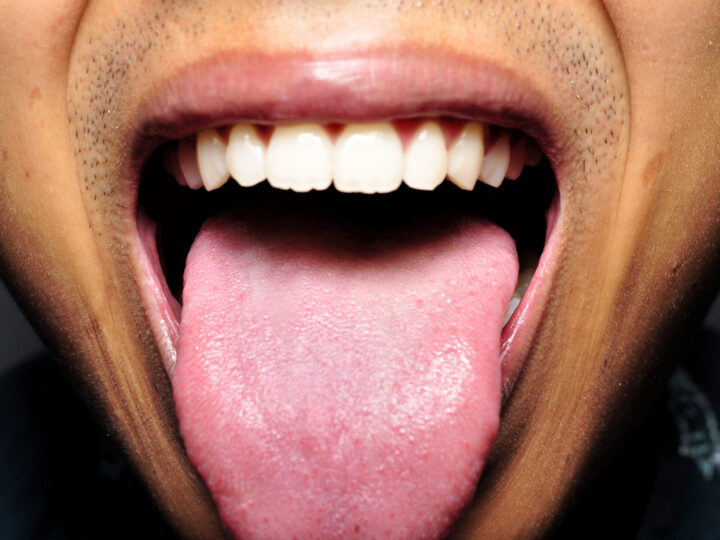EASTERN MEDICINE NEEDS MODERNIZATION
Embracing Aesthetics and Intercultural Cooperation

As people look for alternate methods of achieving health and wellness, Eastern medicine—which includes disciplines like Traditional Chinese Medicine (TCM) and Ayurveda—continues to gain popularity. While these age-old customs provide insightful knowledge, modernization is becoming increasingly necessary.
Growing acknowledgement of Eastern medicine’s beneficial effects on health and wellness is one of the factors influencing its adoption. As more people struggle with chronic illnesses, they look for new options rather than accepting what the status quo is, especially when that means they aren’t living with a quality of life they want to. In particular, those dealing with auto-immune diseases, infertility, cancer treatments or other continually impactful conditions share information amongst each other. As they look for ways to improve their lives, they talk amongst themselves, sharing what works and what doesn’t. As people find relief and help from Eastern Medicine, knowledge of that spreads, and encourages adoption.
 In general, people are motivated to consider new possibilities as they observe others’ transforming experiences and greater well-being. In order to spread these success stories and inspire those looking for holistic methods to their health, testimonials, case studies, and anecdotal evidence are essential.
In general, people are motivated to consider new possibilities as they observe others’ transforming experiences and greater well-being. In order to spread these success stories and inspire those looking for holistic methods to their health, testimonials, case studies, and anecdotal evidence are essential.
Obstacles in Aesthetics and Cross-Cultural Communication:
Despite the growing acceptance of the advantages of Eastern medicine, obstacles in aesthetics and cross-cultural communication still exist, especially in the West. Westerners used to slick, contemporary healthcare facilities may find traditional Eastern clinics and products aesthetically unappealing and intimidating due to their peculiar design, unfamiliar scents, and language barriers. Language barriers, particularly when describing concepts and treatment techniques, might make it harder for people to understand and participate.
As adoption increases, practitioners and manufacturers will need to evolve in order to close the aesthetic divide and increase Westerners’ interest in Eastern medicine. Western tastes and conventional aesthetics can coexist harmoniously to provide environments that are aesthetically pleasing, relaxing, and restorative, while still being true to Eastern Medicine.
 Cross-cultural communication can also be improved by developing educational resources and materials that concisely and sensitively convey the fundamental principles and advantages of Eastern medicine. As it stands today, most of the available literature is not only in foreign languages, but when the concepts are also completely foreign, there has to be intermediary explanations to give foundational level knowledge. People want to make educated decisions and feel at ease, and this can be achieved by overcoming linguistic hurdles and building a deeper awareness of it.
Cross-cultural communication can also be improved by developing educational resources and materials that concisely and sensitively convey the fundamental principles and advantages of Eastern medicine. As it stands today, most of the available literature is not only in foreign languages, but when the concepts are also completely foreign, there has to be intermediary explanations to give foundational level knowledge. People want to make educated decisions and feel at ease, and this can be achieved by overcoming linguistic hurdles and building a deeper awareness of it.
Additionally, the Westerners want to know “Why”. “Why does it work? And can we get it to work for everyone else?” While this question seems logically enough to most of us, it’s contrary to how Eastern medicine operates. Eastern medicine looks at the individual person and tries to improve their health and wellness. They don’t expect it to be replicated to other people, because the protocol is specific to each person. Furthermore, there’s less desire to understand the scientific reason why it worked, rather they believe the proof is in how the person feels. If they’re better, it doesn’t really matter why that is.
Modernizing Eastern Medicine does not mean changing what Eastern Medicine is, rather as the audience expands, it’s important to find ways to properly convey the information and products so that adoption increases. The practices of Eastern medicine are highly beneficial, and could help a wide variety of issues and illness that plague Westerners, but without educational assistance, language translations, and improvements on aesthetics, adoption will be hindered. By adopting these suggestions, Eastern medicine can reach a larger audience, encouraging people to investigate holistic methods of improving their health and wellbeing while upholding its rich history.
Newer
Gut Health Showdown: East Versus West on 3 Common Gut Problems
Older
Turn That Frown Upside Down: 4 Eastern Medicine Tips To Boost Your Mood
Comments (0)
Leave a reply
You must be logged in to post a comment.




